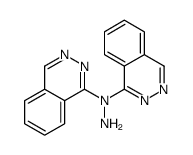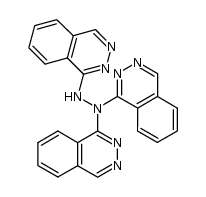304-20-1
| Name | hydralazine hydrochloride |
|---|---|
| Synonyms |
Asozart
HYDRALAZINE HYDROCHLORIDE 1-Hydrazinylphthalazine hydrochloride Apulon Phthalazine, 1-hydrazinyl-, hydrochloride (1:1) 1-hydrazinophthalazine hydrochloride HYDRALAZINE MONOHYDROCHLORIDE Lopres EINECS 206-151-0 MFCD00135998 1-Hydrazinophthalazine hydrochloride (1:1) Hyperazin Hydrapress 1-hydrazinophtalazine chlorhydrate Pressfall 1-hydrazinyl-Phthalazine hydrochloride aiselazine Apresoline 1-hydrazinylphthalazine hydrochloride (1:1) hydrallazine hydrochloride apresine Dralzine nor-press25 Hydralazine HCl phthalazin-1-ylhydrazine hydrochloride |
| Description | Hydralazine Hydrochloride is a direct-acting vasodilator that is used as an antihypertensive agent.Target: OthersHydralazine (apresoline) is a direct-acting smooth muscle relaxant used to treat hypertension by acting as a vasodilator primarily in arteries and arterioles. By relaxing vascular smooth muscle, vasodilators act to decrease peripheral resistance, thereby lowering blood pressure and decreasing afterload. However, this only has a short term effect on blood pressure, as the system will reset to the previous, high blood pressure necessary to maintain pressure in the kidney necessary for natriuresis. The long term effect of antihypertensive drugs comes from their effects on the pressure natriuresis curve. It belongs to the hydrazinophthalazine class of drugs [1]. Hydralazine may reduce blood pressure when compared to placebo in patients with primary hypertension, however this data is based on before and after studies, not RCTs. Furthermore, its effect on clinical outcomes remains uncertain [2]. |
|---|---|
| Related Catalog | |
| References |
| Boiling Point | 491.9ºC at 760 mmHg |
|---|---|
| Melting Point | 273°C |
| Molecular Formula | C8H9ClN4 |
| Molecular Weight | 196.637 |
| Flash Point | 251.3ºC |
| Exact Mass | 196.051575 |
| PSA | 63.10000 |
| LogP | 1.72400 |
| Storage condition | -20?C Freezer |
| Stability | Stable. Incompatible with strong oxidizing agents. |
CHEMICAL IDENTIFICATION
HEALTH HAZARD DATAACUTE TOXICITY DATA
MUTATION DATA
|
| Symbol |

GHS06 |
|---|---|
| Signal Word | Danger |
| Hazard Statements | H301-H315-H319-H335 |
| Precautionary Statements | P261-P301 + P310-P305 + P351 + P338 |
| Personal Protective Equipment | dust mask type N95 (US);Eyeshields;Faceshields;Gloves |
| Hazard Codes | Xn:Harmful |
| Risk Phrases | R22;R36/37/38 |
| Safety Phrases | S26-S36/37/39-S45 |
| RIDADR | UN 2811 6.1/PG 3 |
| WGK Germany | 3 |
| RTECS | TH9000000 |
| Packaging Group | III |
| Hazard Class | 6.1 |
| HS Code | 2942000000 |
| Precursor 1 | |
|---|---|
| DownStream 10 | |
| HS Code | 2933990090 |
|---|---|
| Summary | 2933990090. heterocyclic compounds with nitrogen hetero-atom(s) only. VAT:17.0%. Tax rebate rate:13.0%. . MFN tariff:6.5%. General tariff:20.0% |
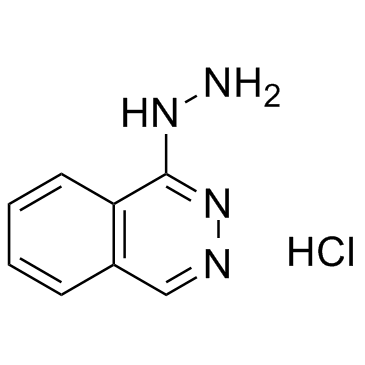
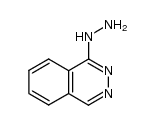
![3-HYDROXYMETHYL-S-TRIAZOLO[3,4-A]PHTHALAZINE structure](https://image.chemsrc.com/caspic/226/54687-66-0.png)
![s-Triazolo[3,4-a]phthalazine structure](https://image.chemsrc.com/caspic/469/234-80-0.png)
![3-methyl-1,2,4-triazolo[3,4-a]phthalazine structure](https://image.chemsrc.com/caspic/174/20062-41-3.png)

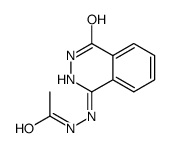
![3-(D-galacto-pentitol-1-yl)-1,2,4-triazolo[3,4-a]phthalazine structure](https://image.chemsrc.com/caspic/105/79364-48-0.png)


